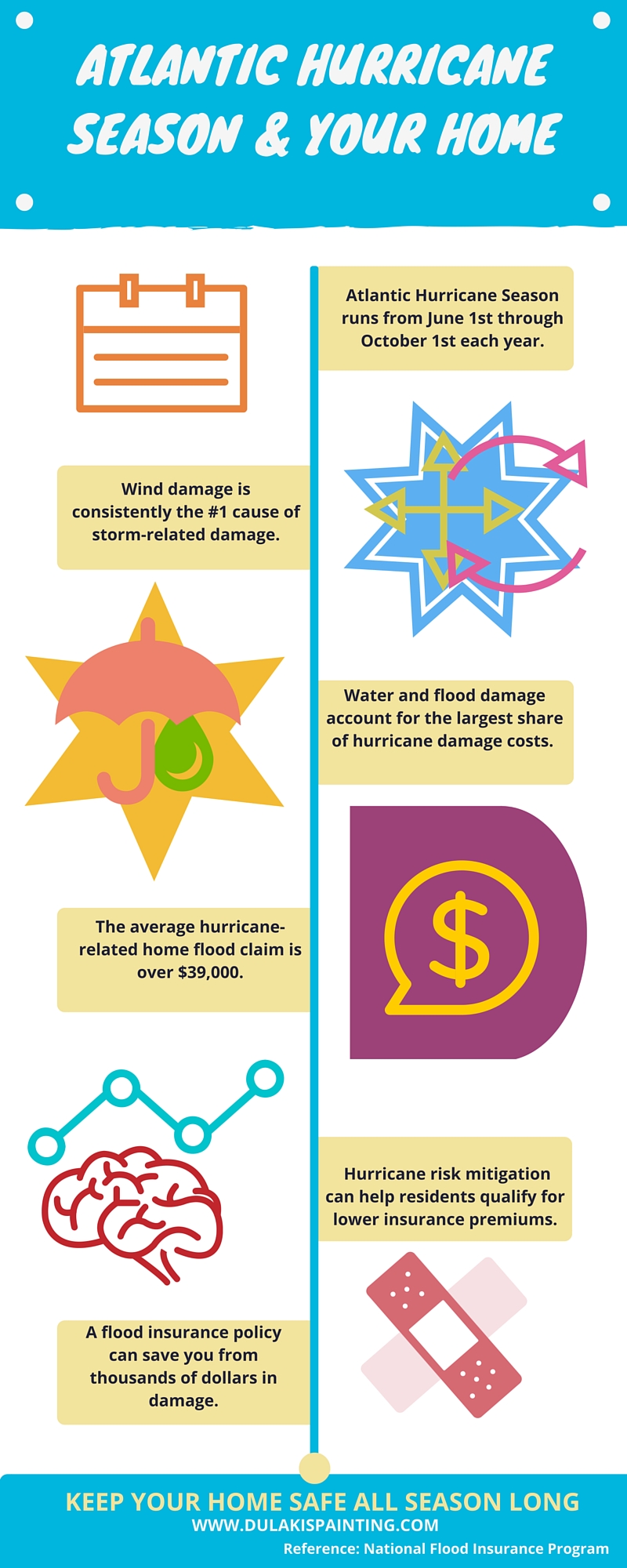Variables To Take Into Consideration For Business Exterior Painting By Period: Necessary Information You Must Have
Variables To Take Into Consideration For Business Exterior Painting By Period: Necessary Information You Must Have
Blog Article
Write-Up Created By-Fox Bagger
When you're preparing an industrial exterior painting job, seasonal aspects can make or damage your results. You'll wish to consider exactly how temperature level and humidity impact paint application and drying times. Selecting the appropriate period can guarantee your paint sticks effectively and lasts longer. However which seasons are really the very best for this sort of work? Allow's check out the crucial elements that can influence your task's success.
The Effect of Temperature Level on Paint Application
When you're preparing a business exterior paint task, the temperature can dramatically affect just how well the paint sticks and dries out.
Ideally, you want to repaint when temperature levels vary in between 50 ° F and 85 ° F. If it's too cold, the paint may not heal properly, leading to issues like peeling or cracking.
On the other side, if it's as well hot, the paint can dry out also promptly, protecting against correct attachment and causing an irregular surface.
straight line.com ought to also consider the time of day; early morning or late afternoon offers cooler temperature levels, which can be extra positive.
Always inspect the producer's recommendations for the certain paint you're utilizing, as they usually provide assistance on the perfect temperature variety for optimum outcomes.
Moisture and Its Effect on Drying Times
Temperature level isn't the only ecological aspect that influences your commercial outside paint job; humidity plays a significant role as well. High humidity degrees can slow down drying times drastically, influencing the total quality of your paint work.
When the air is saturated with moisture, the paint takes longer to heal, which can lead to problems like inadequate adhesion and a greater risk of mold growth. If you're repainting on a particularly moist day, be prepared for extended delay times between coats.
It's crucial to monitor regional climate condition and plan accordingly. Ideally, https://www.livingetc.com/features/four-paints-seattle-home for humidity levels between 40% and 70% for optimal drying.
Maintaining these factors in mind ensures your job stays on track and provides a long-term surface.
Best Seasons for Commercial Exterior Paint Projects
What's the best time of year for your business exterior paint jobs?
Springtime and very early fall are generally your best bets. Throughout these seasons, temperature levels are mild, and humidity degrees are frequently lower, producing optimal conditions for paint application and drying.
Stay clear of summer season's intense heat, which can cause paint to dry also promptly, resulting in inadequate attachment and coating. Likewise, winter's chilly temperature levels can prevent appropriate drying out and healing, taking the chance of the longevity of your paint work.
Aim for days with temperatures in between 50 ° F and 85 ° F for optimal results. Keep in mind to inspect the regional weather forecast for rain, as damp conditions can spoil your task.
Planning around these variables guarantees your painting task runs smoothly and lasts longer.
Conclusion
Finally, preparing your commercial external paint jobs around seasonal factors to consider can make a considerable difference in the outcome. By scheduling job during the suitable temperatures and humidity degrees, you'll ensure better bond and drying times. Remember to watch on regional weather report and choose the right time of year-- spring and early fall are your best bets. Taking these steps will help you attain a durable and professional coating that lasts.
